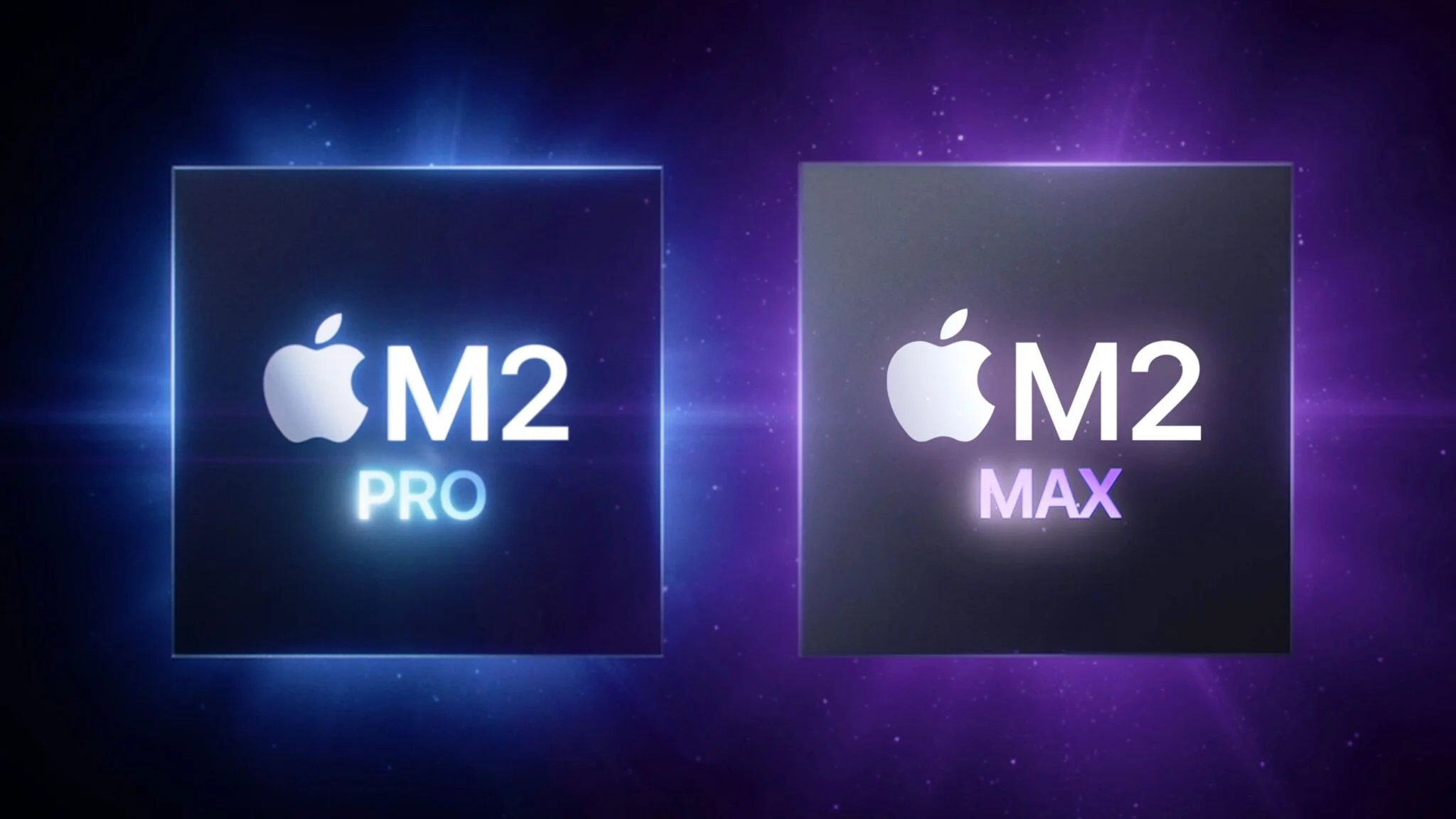Apple’s Upcoming A17 Bionic Chipset to Use TSMC’S 3nm Technology
The fact that Apple will eventually switch to TSMC’s 3nm architecture for upcoming chipsets has been known for some time. According to one report, the A17 Bionic and M3 will advance more and will be mass produced using the second-generation 3nm process as opposed to the first.
According to a Nikkei Asia story, the A17 Bionic and M3 would both utilise TSMC’s second-generation 3nm process, also referred to as N3E.
Future Macs will employ the M3, but it’s believed that the A17 Bionic will only be available in the iPhone 15 Pro and iPhone 15 Pro Max. Regarding the initial generation of TSMC’s 3nm process, it’s possible that the M2 Pro and M2 Max, which are mass produced on the latter’s node, will be installed in Apple’s new high-end MacBook Pro.

The new MacBook Pro, on the other hand, might have chipsets built using the 5nm technology rather than the 3nm, according to a previous report from analyst Ming-Chi Kuo. TSMC’s first-generation 3nm technology may also be used in next iPad processors, though the precise models weren’t disclosed.
The Apple Watch series, which has used the same chipset for the last three generations, may finally receive a worthy upgrade, giving great battery life, thanks to the improved power savings trait of N3E.
The less costly iPhone 15 and iPhone 15 Plus are anticipated to be released alongside the iPhone 15 Pro and iPhone 15 Pro Max.
It has been predicted that the lower end variants of the iPhone 15 series models will use the same A16 Bionic chip as the iPhone 14 Pro and iPhone 14 Pro Max. This suggests that Apple will continue with its current 4nm manufacturing process rather than switching to TSMC’s first-generation 3nm technology.
Stay tuned for future developments as we eagerly await the advantages brought about by the mass production of the M3 and A17 Bionic using next-generation chip fabrication technologies.
